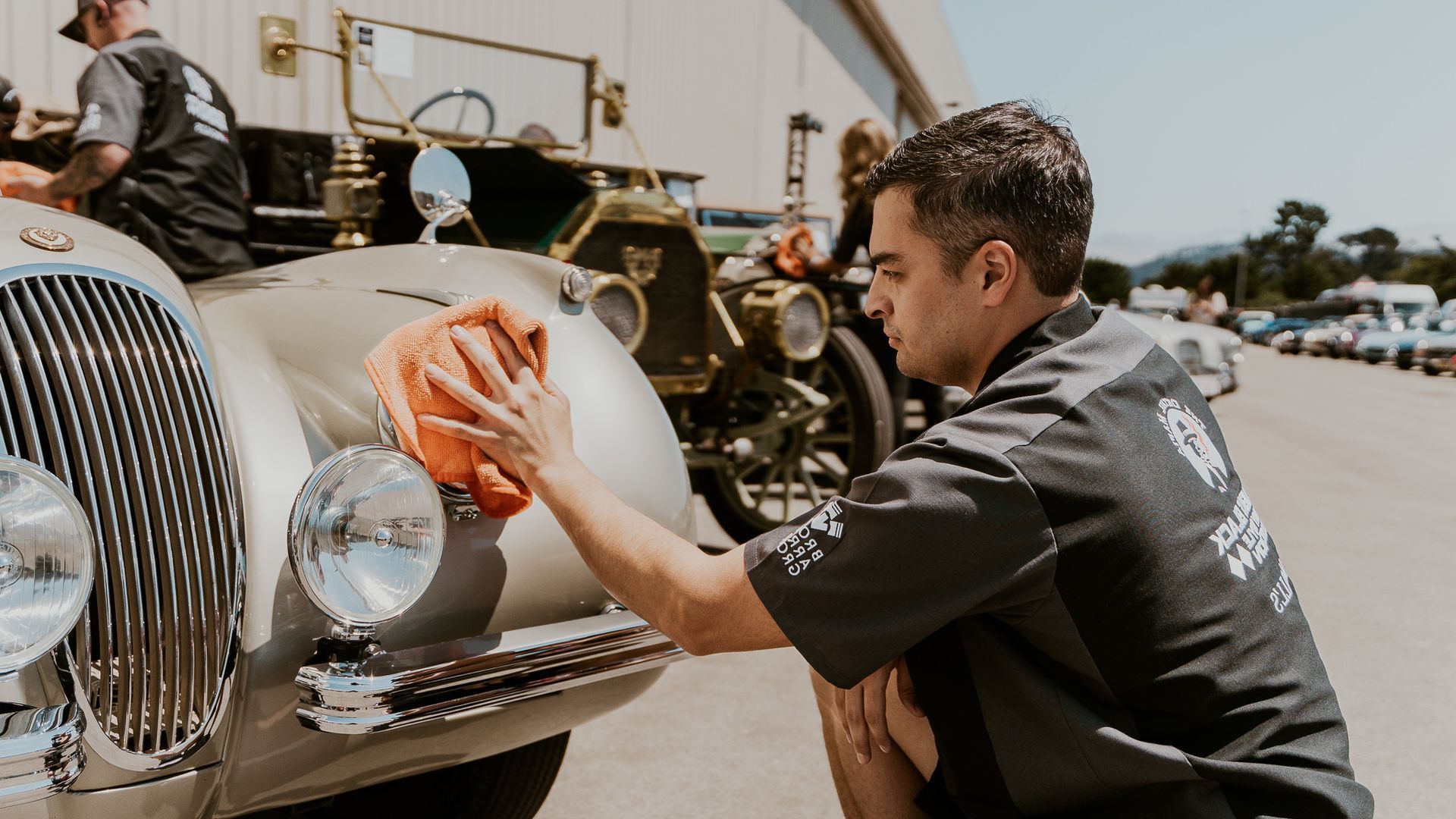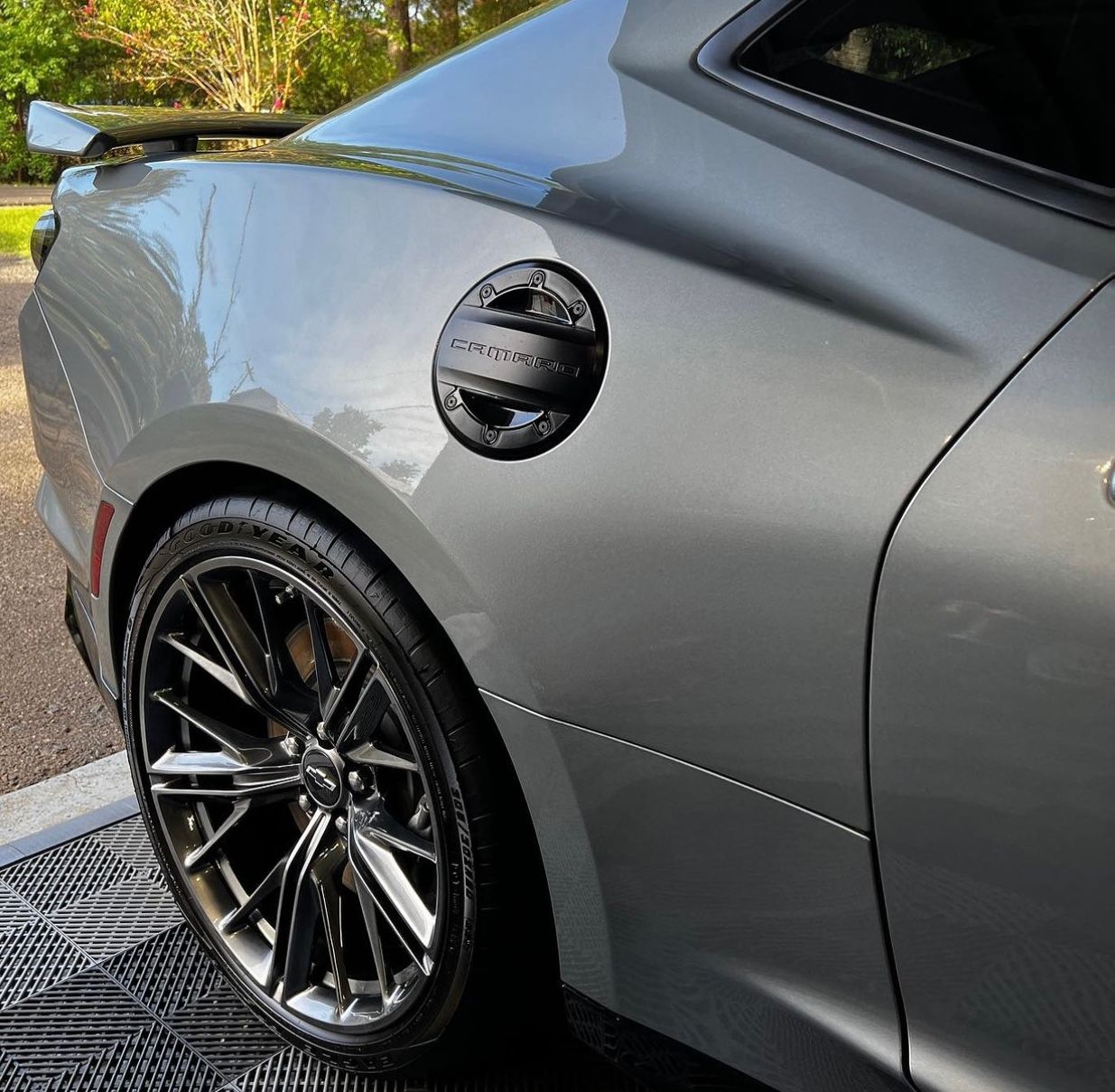Blog




Founded in 2020, Jamie The Cleaner has rapidly established itself as an exemplary leader in vehicle detailing. With a strong reputation for exceptional paint correction skills and state-of-the-art ceramic coating services, Jamie The Cleaner has become synonymous with quality and precision. With years of experience in the industry, Jamie The Cleaner is dedicated to providing unparalleled customer satisfaction. We take pride in offering customized care for cars, boats, motorcycles, and ATVs. At Jamie The Cleaner, we are driven by our passion for perfection. We go above and beyond industry standards to deliver results that exceed expectations. When you choose Jamie The Cleaner, you can trust that your vehicle will receive the highest level of care. Experience the difference of our exceptional services and let us bring out the true beauty of your vehicle, inside and out.
CALL (318) 228-0677
Monday - Thursday
9:00 a.m. - 5:00 p.m.
232 E Bessie St, Coushatta, LA 71019, United States of America
Jamie The Cleaner Designed by the team at Detailers Roadmap, a platform developed for detailing operators across the globe.
All Rights Reserved | 8bitcreative, LLC | Jamie The Cleaner